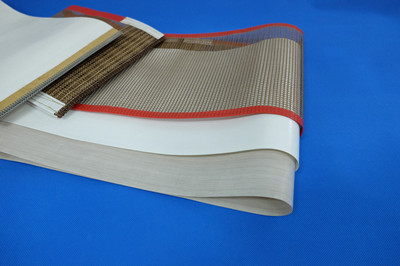[Source "High-tech LED-technology and application" March issue tour]
I. Introduction
As the fourth-generation light-emitting diode (LED), it has received more and more attention for its energy saving, environmental protection, small size, long life and fast response. However, the photoelectric conversion efficiency of LEDs is not high, only about 30% of the electrical energy is converted into light energy, and the remaining 70% is converted into thermal energy. Excessive heat causes the LED junction temperature to rise, resulting in a decrease in the operating voltage of the chip, a decrease in light intensity, a longer wavelength of light, an increase in light decay, and the like, which seriously affects the life of the LED. Therefore, reasonable thermal design is a key factor to ensure the normal operation of LEDs [1].
The main factors affecting the temperature distribution of LED package devices are: chip heating power, solid crystal thermal resistance, and bracket thermal resistance. This paper will analyze the effects of the above three factors on the temperature distribution of each part of the LED package.
2. Building a model
In order to reduce the modeling time, this paper only changes the thermal conductivity of each part to change its heat conduction. Figure 1 shows a three-dimensional schematic of the analytical model. The selected LED model is the common 3528, mounted on a hexagonal aluminum plate (MCPCB), and the gold wire is ignored in the model. The red temperature follow-up temperature pick-up curve on the right is the main heat flow channel of the LED package: chip-solid glue-bracket.
Model parameter setting:
1. The chip is loaded with uniform volumetric thermal power,
2. Ambient temperature: 30DegC;
3. The thermal conductivity of the material is shown in Table 1.

For more information, please refer to the March issue of "High-tech LED--Technology and Applications" magazine
I. Introduction
As the fourth-generation light-emitting diode (LED), it has received more and more attention for its energy saving, environmental protection, small size, long life and fast response. However, the photoelectric conversion efficiency of LEDs is not high, only about 30% of the electrical energy is converted into light energy, and the remaining 70% is converted into thermal energy. Excessive heat causes the LED junction temperature to rise, resulting in a decrease in the operating voltage of the chip, a decrease in light intensity, a longer wavelength of light, an increase in light decay, and the like, which seriously affects the life of the LED. Therefore, reasonable thermal design is a key factor to ensure the normal operation of LEDs [1].
The main factors affecting the temperature distribution of LED package devices are: chip heating power, solid crystal thermal resistance, and bracket thermal resistance. This paper will analyze the effects of the above three factors on the temperature distribution of each part of the LED package.
2. Building a model
In order to reduce the modeling time, this paper only changes the thermal conductivity of each part to change its heat conduction. Figure 1 shows a three-dimensional schematic of the analytical model. The selected LED model is the common 3528, mounted on a hexagonal aluminum plate (MCPCB), and the gold wire is ignored in the model. The red temperature follow-up temperature pick-up curve on the right is the main heat flow channel of the LED package: chip-solid glue-bracket.

Model parameter setting:
1. The chip is loaded with uniform volumetric thermal power,
2. Ambient temperature: 30DegC;
3. The thermal conductivity of the material is shown in Table 1.

For more information, please refer to the March issue of "High-tech LED--Technology and Applications" magazine

Heavy weight belting products are available in multiple widths and styles. Most of the heavy weight fabrics are heavily coated with PTFE to ensure consistent and reliable release performance. Besides that, its outstanding performance in wear resistance, coefficient of friction and compression strength make it suitable for diverse applications as polymer casting, lamination, composite manufacturing, rubber curing.

PTFE Conveyor Belts,Fiberglass Conveyor Belt,Non Stick Conveyor Belts,PTFE Coated Conveyor Belt
TAIZHOU YAXING PLASTIC INDUSTRY CO., LTD , https://www.yaxingptfe.com
